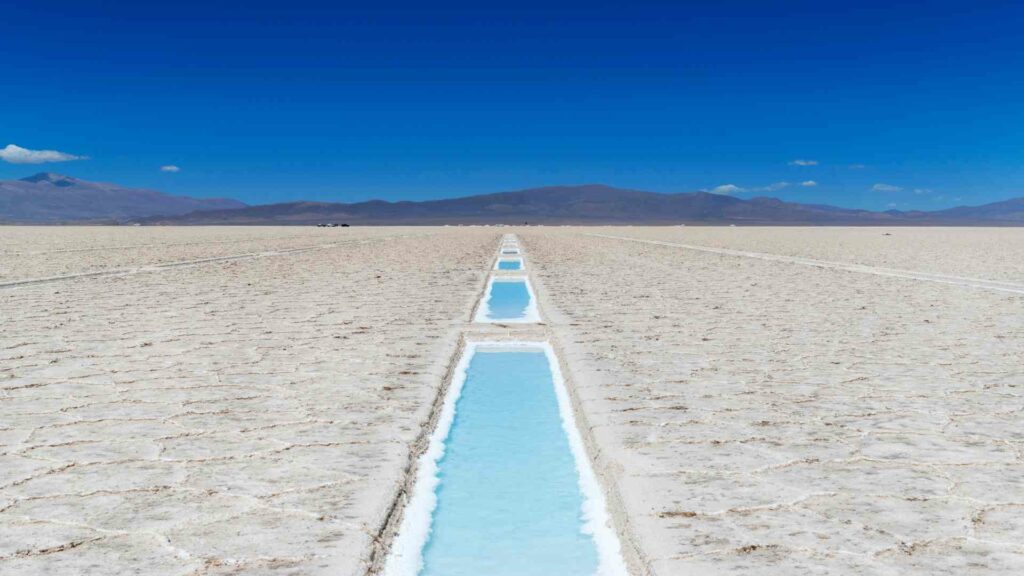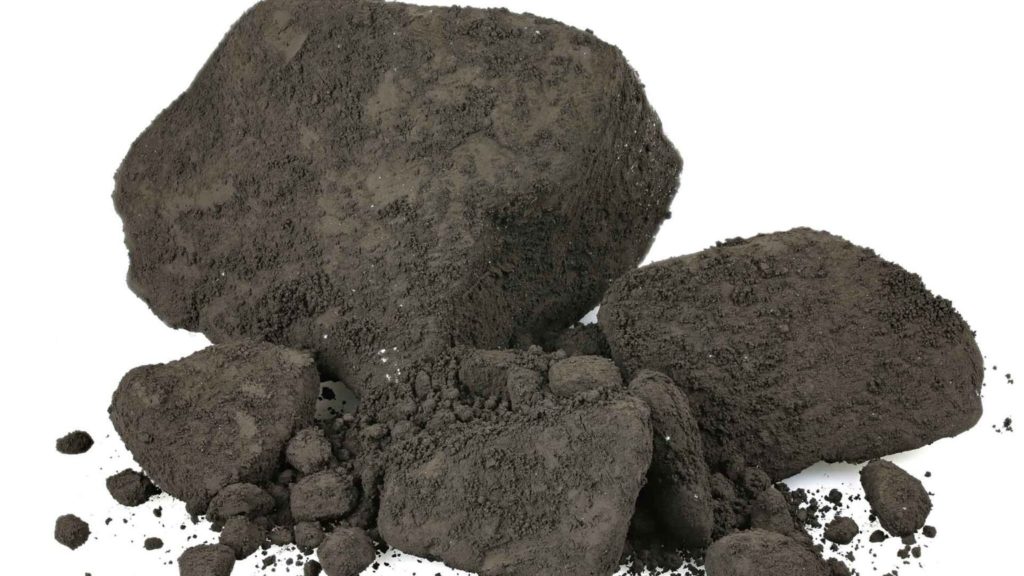
The Boron Value Chain
Boron is a chemical element useful in producing many different industrial goods, including glass and steel. The Boron value chain starts with sourcing through mining to produce purified boric acid. It then becomes products such as fertilizer or electrolytic grade borate for use in electronics or automotive applications depending on what market it is targeting.
Firstly, the Boron value chain analyses how this commodity is mined from borax deposits. Secondly, it checks for purification to produce boric acid. Finally, Boron is converted into other products such as fertilizers or electrolytic grade borates for use in electronics or automotive applications.
Sourcing of Boron
Boron is relatively non-toxic. It is present as a natural trace mineral in the earth’s crust. The mineral is mined from sources such as limestone, dolomite, granite, marble, and shale rock. The metal borax is named for its high content of boric acid. Other old names for borax are sal mirabilis (miracle salt) or alkali of the sun.
Boron is found in many different types of mineral deposits, including borax and kernite. Borax is also called sodium tetraborate pentahydrate. It is sourced from mines in parts of Turkey and California. Kernite or potassium tetraborate hydroxide, on the other hand, is mined mostly in Chile.
Extraction of Boron
Boron is extracted from boric acid. Borax is one of the most common and easy to extract sources for boron.
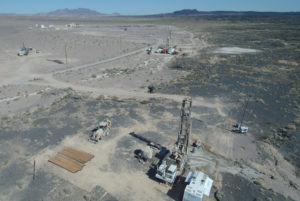
The process begins with heating the boric acid to get rid of any excess moisture or other impurities. The impurities may be present in the substance before it is melted. The liquid then goes through a purification process by dissolving in the water again. Then it is filtered through charcoal, and boiled to evaporate off all remaining liquid until only solid remains.
This dry substance will later undergo an additional purification process where it is heated. It also reacts with sodium carbonate (soda ash) to react and form a slag for its impurities like aluminum oxide. This reaction is necessary because it will cause any impurities in the borax to become insoluble. They can be separated away from the pure substance.
Boron production
Boron production is a complex process that requires careful planning. And it is often outsourced to third-party companies. Boron production takes place in the four key steps:
Borate mining – It is the process of sourcing boric acid from ore deposits or extracting it from seawater.
Conversion of the raw material – This process converts mined borates (B(OH)x) or extracted B(OH), through two different chemical processes.
Refining/purification of conversion product – The next step involves purifying precipitates by filtering and washing precipitates. It refines conversion products to remove unwanted impurities such as arsenic or lead.
Boron production – Final step involves producing borates themselves.
Distribution of boron
Distributing boron products is the process of transporting the product to different destinations or locations. It involves getting these valuable borate compounds into different markets with a variety of end uses that require their particular properties as an ingredient or product component.
For example from borate mines in Boron, California to sites of production like glass factories and textile mills.
Boron needs distribution to many markets, regions, and applications.
What is the end-use of Boron/Borates?
Borates in the industries
Borates are useful in glass production. They help the molten glass maintain a consistent quality throughout batches. Additionally, they also improve its resistance to atmospheric conditions like oxidation or weathering. Glass factories use borates primarily as fluxing agents. They lower the melting temperature of certain raw materials like coal by up to 100 degrees Fahrenheit.
Textile mills use borax as an alkaline substance that helps remove oils from fabrics. It helps with the process of dying. Textile manufacturers only buy boron/borates when it is available with chlorine bleach compounds because of their high cost. They use borax but do so less intensively because it’s an alkaline substance that can cause some fabrics (such as wool) to deteriorate over time.
Manufacturing applications
Boron/Borates are useful in a variety of manufacturing applications such as glass, ceramics, and steel. They also help control the release rates for pharmaceuticals while acting as an important ingredient in some detergents.
Phosphorus-doped boron is crucial to semiconductor processing. It is vital because it acts as one of several dopant materials. Boron helps form insulating layers on silicon wafers that reduce surface leakage currents predominantly.
Chemical process industries – Borate ions act as a stabilizing agent. They prevent chemical reactions from prematurely ending or harming other chemicals with which they come into contact.
Boron is also important for manufacturing in a variety of other industries ceramics, foundries, and cement production.

Borates are mined from the earth and then refined. This process creates the value of boron by creating borate salts, which provide functional benefits to various industries. Borate salts are present in many products. You can find them in paint pigments, chemicals for producing polyester or plastics, glazes for ceramics, food additive E338 (sodium tetraborate decahydrate), and pest control agents.
Borates will continue to grow in usage due to their increasing importance across many industrial sectors. The forecasting scenarios conclude that borate demand will increase at least 25% by 2022 with an estimated growth rate ranging from 18-33%. This means that there are significant opportunities for growth within the industry. Especially if new products or applications use these versatile materials.
Boron is also present in consumer goods for cleaning and detgergents.
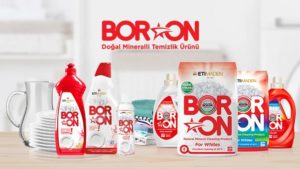
Boron’s role in agriculture
Agricultural fertilizer producers purchase nitrate salts to make NPK fertilizers. Borate chemicals act as stabilizing agents for these compounds. They also prevent them from washing away by rain or irrigation water. It is important for farmers who rely on supplemental fertilizer applications.

Boron may play a role in preventing soybean cyst. It is a disease that destroys the plant’s roots and so prevents it from absorbing nutrients. Borate treatments are effective against this type of infection.
Borate-containing fertilizers can help improve crop yields by limiting water loss through plants’ leaves.
Creating and Enhancing the Value of Borates
Borates have a variety of uses. They are useful from metal extracting to agriculture treatment to plastic replacements. There are many opportunities ahead for their use in these areas.
Boron’s role in decarbonization
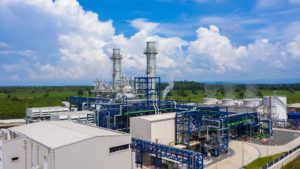
Boron in renewable resources is a key to decarbonization. Boron can be useful in steelmaking as an alternative to coal, which is the major source of CO emissions in this industry. Borates act as replacements for plastics made with petroleum products.
Boron is a highly renewable resource, with more than 20% of world reserves existing in North America. This means it does not have the risks associated with limited resources like fossil fuels. Fossil fuels are heavily dependent on international market fluctuations.
When industries make ceramics from borates, the heat from burning coal or natural gas heats and splits off carbon molecules. These molecules would otherwise create greenhouse gases.
Boron’s role in sustainability
Boron is a highly renewable resource, with more than 20% of world reserves existing in North America. It doesn’t exist at all outside the earth. And so we cannot afford to deplete other finite natural resources.
Borates are a low-level radioactive material (LLRMs) and are not subject to any special disposal requirements. It is evident when we mine from borate deposits that contain some naturally occurring radioactive material (NORM). This is particularly the borates such as those found near Searles Lake California. They do not require any special disposal methods after processing using EPA-approved methods to remove any NORM content below regulatory limits.
Boron is also extremely safe for both people and the environment when used in small quantities. Its physical properties make boron resistant to corrosion, fire, high temperatures, water, and chemical reactions. All these make it ideal for use in pharmaceuticals, detergents, building materials such as concrete and mortar. It is also an integral part of LEED certification and automotive parts. Boron helps in window glazing or paint protection coatings that resist heat impacts from UV light (such as rock chips), oil repellants/anti-slip agents and building insulation.
Boron has many uses that are beneficial for human society. So it is no wonder how this elemental resource became such an indispensable element for us. It is crucial as well for sustaining our planet’s natural resources. There are countless ways borates can be useful. It can find ways to help in both existing industries where they already found their niche but also opening up untapped markets previously unavailable due to economic constraints. All of this while considering ecological aspects by reducing carbon emissions as well.
What are potential future innovations and opportunities?
Borate research is an important area for the future. There are many opportunities ahead to use borates as a replacement for plastics when petroleum products become scarce. One way we’re looking at this is by connecting suppliers who want to provide raw materials like hydrated lime (calcium oxide) with buyers such as steel mill operators that need it.
Due to the prevalence of boron in a variety of industries and applications, there are many opportunities for future innovations. Borates act as an additive for polymer composites that will provide strength, durability, and lower weight than conventional material. Along with their value as additives, boron may also become candidate materials in certain high-temperature resistant products such as ceramics or glass.
Potential new uses could include use in water treatment processes. Here it helps control algae growth by reducing pH levels.
Boron could play a role in improving battery life. Lithium-ion batteries last longer when they contain borate ions. It is possible because they stabilize reactions at the interface between negative active particles and positive electrodes inside cells.
The ability of borate compounds containing other elements offers future possibilities in engineering applications. The use of these materials has increased significantly over the last two decades. And their usage will continue because they are environmentally friendly and have excellent electrical properties. It simply makes them potentially better than fluoropolymers or other polymers for electronics manufacturers.
Final thoughts
Boron is an indispensable resource that sustains many vital industries, such as glassmaking, ceramics, foundries, and cement production. It also enhances titanium dioxide’s ability to act as a UV blocker in products like sunscreen lotions or paints. Boron reduces corrosion rates for steel structures by creating a protective film on metal surfaces. It helps create strong and flexible fiberglass composites.
Brighter prospects await this industrially critical material. The versatility of borate compounds means they are useful where they already have a presence. But also in areas where they do not have any presence before, like food packaging or cosmetics. Boron is an important part of a sustainable future and with new technologies under development, borates could become even more valuable to the global economy in years to come.





